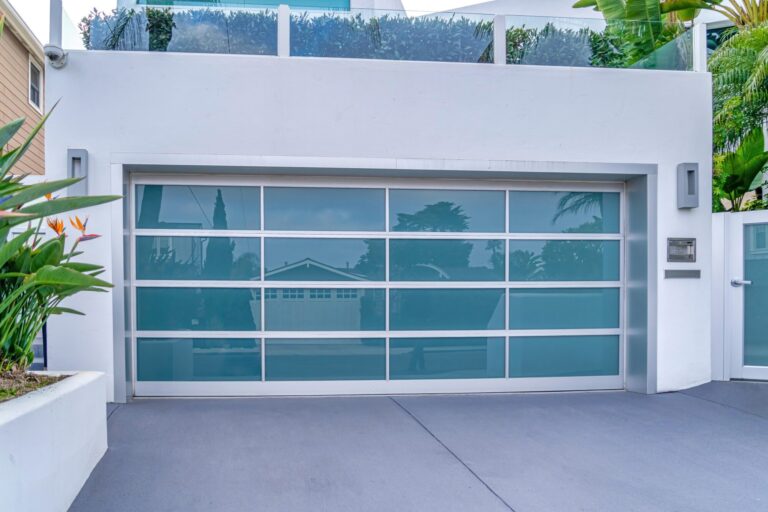Navigating the Complexities of Pilates Anatomy for a Solid Certification Foundation
Have you ever wondered how your body moves during Pilates?
Understanding Pilates anatomy is key to a strong foundation in Pilates certification. It’s about knowing how muscles work and how your body moves.
In this guide, we’re going to break down the complex parts into easy-to-understand bits. You’ll learn about the muscles you never knew you had and how they help in Pilates. This knowledge will not only improve your practice but also make you a better instructor.
Get ready to dive into the fascinating world of Pilates anatomy!
Understanding the Core Muscles
The core muscles are the powerhouse of your Pilates practice. They include your abdominals, pelvic muscles, lower back, and hips.
In Pilates, the core is where all movements begin and it supports your spine and body, allowing you to achieve better posture and balance. A strong core enhances stability, decreases the likelihood of injuries, and improves performance.
A thorough understanding of these groups also enhances your ability to teach and perform Pilates exercises. For deeper insight and certification opportunities, consider exploring https://www.americansportandfitness.com/products/pilates-certification.
The Role of Breath in Pilates
Breathing is a big deal in Pilates. It’s not just inhaling and exhaling. Breathing the right way helps you do exercises better.
When you breathe deeply in Pilates, you help your muscles relax. This makes it easier to stretch and strengthens your core. It’s like giving your muscles a mini-break.
In Pilates, how and when you breathe is part of the exercise. It makes your workout stronger. Plus, it calms your mind, like how you feel peaceful when you watch the ocean.
Pilates and Flexibility
Being flexible means your body can move and stretch in many ways. Pilates exercises are slow and careful. They make sure you don’t get hurt. Over time, you’ll notice you can move more smoothly.
Flexibility isn’t about being a pretzel. It’s about keeping your muscles working well. Pilates is great for this, making sure you’re as bendy as you need to be for your age and body.
Strengthening Balance and Coordination
In Pilates, we do exercises that make you balance better. This means you’re less likely to trip or fall. Who knew standing on one foot could be so helpful?
These Pilates exercises also help your coordination. This means your body parts work better together. It’s like when you walk and chew gum at the same time.
Working on balance and coordination in Pilates is fun. You might start with something hard. But with practice, you’ll get better. It’s awesome to see yourself improve.
The Mind-Body Connection in Pilates
Pilates isn’t just about your body. It’s also about your mind. When you do Pilates, you focus on how your body moves. This helps you feel calm and happy.
This connection between mind and body is special. It helps you pay better attention to how you move in daily life. This can make you feel more peaceful and less stressed.
In Pilates, we think a lot about this connection. We believe that a happy mind makes a happy body. Doing Pilates can help you feel more connected to yourself.
Pilates Anatomy Is the Key To Becoming Great at Pilates
Mastering Pilates anatomy is a big part of doing and teaching Pilates well. When you know how your body works, you can do Pilates better and help others too.
It makes your mind and body strong and happy. Keep learning about Pilates anatomy to get the most out of your Pilates adventure!
For more informative articles, please visit the rest of our blog.



